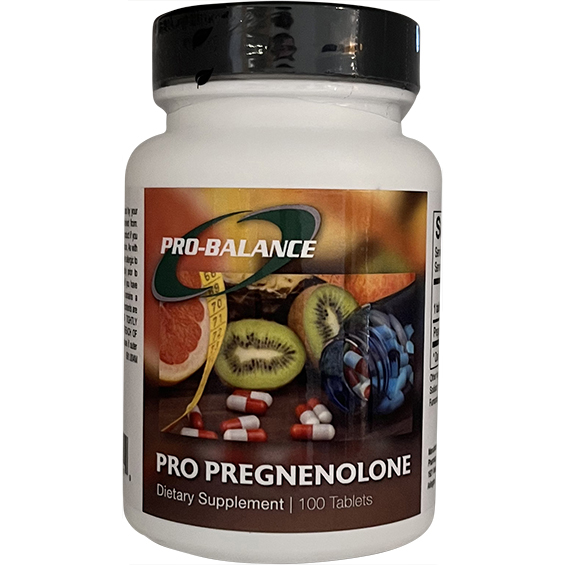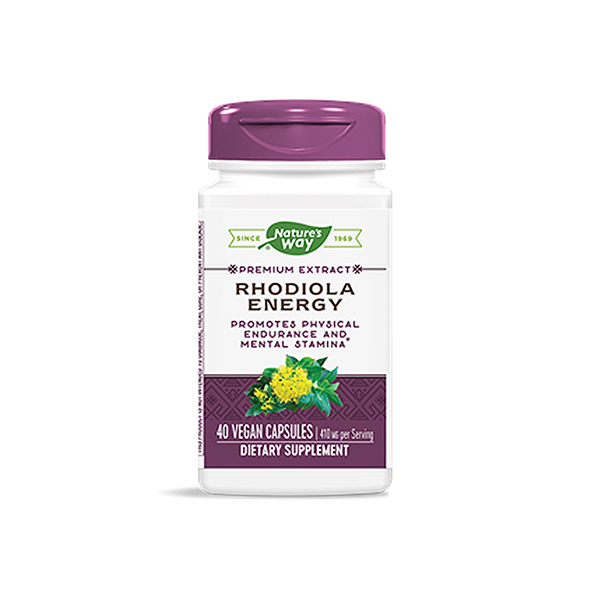Synapsin® and Autism

Building A Better You: Setting Resolutions for 2024
Discover achievable strategies to craft realistic New Year’s resolutions for a healthier you, paving the way for sustainable wellness and self-improvement.

Is Your Sunscreen Really Protecting You?
Do you know the difference between chemical and physical sunscreens? Find out now!

Polyphenols: How Colorful Foods and Natural Supplements Benefit Your Health
It seems as though the consumption of colorful fruits and vegetables is a cure-all – but why? To understand, let’s talk about polyphenols and their benefit to our hearts, minds, and waistlines.

Discovering the Health Benefits of 4-Aminopyridine (4-AP)
4-Aminopyridine (4-AP) is an important chemical compound used for a variety of applications in medicine, research, and industry.

Synapsin® and Autism
Autism spectrum disorder (ASD) is a wide range of neurodevelopmental disorders that present generally but are not limited to social interaction and communication barriers. In addition to deficiencies in social communication, individuals present with restricted, repetitive patterns of behavior or activities that continue throughout their lifetime (Baio, 2018). There has been much discussion regarding autism due to its increased prevalence over the past few decades. In the 1970s, the rate of autism cases in the United States was around 1 in 10,000, whereas now the number has climbed to 1 in 59 as of 2014 (Baio, 2018). The staggering numbers of diagnoses of ASD and limited therapeutic options continue to draw much attention in society and amongst the medical population.
There have been many studies performed on autism in the past. Still, the CHARGE (Childhood Autism Risks from Genetics and Environment) study was very comprehensive, focusing on environmental exposures and genetic predispositions toward autism. Five categories of exposures were included in their article: pesticides, metals, persistent pollutants, infections, and medical pharmaceuticals (Hertz-Picciotto, 2006). As part of their findings, they found significant increases in pro-inflammatory cytokines in the study population (which was 2-5-year-old autistic children) (Ashwood, 2011). Two apparent clinical features of ASD are neurological dysregulation and inflammation.
The brain is very sensitive and has protective barriers and cells like microglial cells designated for maintaining a safe environment. The microglial cells are cells in the brain that protect the brain from foreign pathogens or threats. In an autistic brain, the microglial cells appear to be perpetually activated, with their genes for an inflammatory response turned on. Treating inflammation in autistic patients has been a primary focus to uncover more knowledge on the topic. The correlation goes back to pregnancy with fetal development. A retrospective study was done in Finland looking at pregnancy documents from psychiatric registries, and what they found was statistically significant increased C-reactive protein levels in the maternal body (Brown, 2013). C-reactive protein is an established inflammatory biomarker of the body.
As stated earlier, they have found many pro-inflammatory markers prevalent in autism children and believe this to be a path to helping better understand autism and how to manage its symptoms. Mild or short term inflammation is healthy as a central nervous system defense mechanism, but chronic inflammation can cause problems such as neuronal death, neurodegenerative conditions, and neurobehavioral impairment (Hart, 2013). Inflammation is a broad symptom to treat but is not localized in the brain. It is unclear that inflammation is the root cause of autism or merely a sign from an underlying issue, but this may help with symptoms of ASD or make it more manageable.
This is where the novel treatment Synapsin® comes into play. Jim Lavalle of Natural Formulations created this product specifically geared to address this gap in therapeutic options for autism. Now how does this drug work, and how could it possibly help with autism? It contains ingredients that can help support neuroprotection, support microglial activity, and healthy functioning neurons. I want to share a beautiful testimonial to show this drug’s impact on one individual and their family.
Typically the dose of Synapsin® is titrated up for effectiveness and ensures patient comfort and can take up to a few weeks before expecting cognitive results. However, with a testimonial in one of my first cases with this product, autistic patient results were noticed after the first day.
“Synapsin® has truly proven to be a Godsend for my 28-year-old son, who has been suffering from autistic symptoms since age 3. From the very first day, this product has stood alone as the most effective treatment of his debilitating OCD. I was in awe after the initial dose; when I witnessed his 20-minute nighttime ritual completely disappear. As days go by, many other OCD symptoms have lessened dramatically; his attention time, ability to focus, verbal fluency, and overall cognition all continue to increase. Given my sons’ age and the many years he has lived with mental impairment, for a product to make such a vast difference and in such a short period of time is unprecedented…” –(K.I., 2019).
Based on the way Synapsin® works, other disease states could benefit from its use. Continue reading the next installment of this blog for more information about Synapsin®, how it works, dosage forms, and other comorbidities it could benefit.
Would You Like To Learn More?
Learn more about what Synapsin® is and read common questions here.
Attend Our Free Event
You can attend the next free patient education workshop on March 5, 2020, hosted by Pharmacy Solutions. Registration is required, and seating is limited. You can sign up by clicking here or by calling the Pharmacy at 817-274-0050.
Schedule A Consultation
If you are unable to attend the event, you can schedule a phone consultation or an in-person consultation by calling the Pharmacy at 817-274-0050 or by filling out the contact form here.
_____________________________________________________________________
References
Ashwood, P., Krakowiak, P., Hertz-Picciotto, I., Hansen, R., Pessah, I., & Van de Water, J. (2011). Elevated plasma cytokines in autism spectrum disorders provide evidence of immune dysfunction and are associated with impaired behavioral outcome. Brain, behavior, and immunity, 25(1), 40–45. doi:10.1016/j.bbi.2010.08.003
Baio, J., Wiggins, L., Christensen, D.L., et al. (2018) Prevalence of Autism Spectrum Disorder Among Children Aged 8 Years- Autism and Developmental Disabilities Monitoring Network, MMWR Surveill Summ. 67 (6):1-23. doi: http://dx.doi.org/10.15585/mmwr.ss6706a1
Brown, A., Sourander, A., Hinkka-Yli-Salomäki, S. et al. (2014). Elevated maternal C-reactive protein and autism in a national birth cohort. Mol Psychiatry 19, 259–264. doi:10.1038/mp.2012.197
Hart, B., et al. (2013). Commentary on special issue: CNS diseases and the immune system. J Neuroimmune Pharmacol. 8(4): 757-9.
Hertz-Picciotto, I., Croen, L. A., Hansen, R., Jones, C. R., van de Water, J., & Pessah, I. N. (2006). The CHARGE study: an epidemiologic investigation of genetic and environmental factors contributing to autism. Environmental health perspectives, 114(7), 1119–1125. doi:10.1289/ehp.8483
Onore C., Careaga M., Ashwood P. (2012). The role of immune dysfunction in the pathophysiology of autism. Brain Behav. Immun. 26:383–392. doi: 10.1016/j.bbi.2011.08.007.
Siniscalco, D., Schultz, S., Brigida, A. L., & Antonucci, N. (2018). Inflammation and Neuro-Immune Dysregulations in Autism Spectrum Disorders. Pharmaceuticals (Basel, Switzerland), 11(2), 56. doi:10.3390/ph11020056
I, K. (personal communication December 6, 2019).
Related Products












